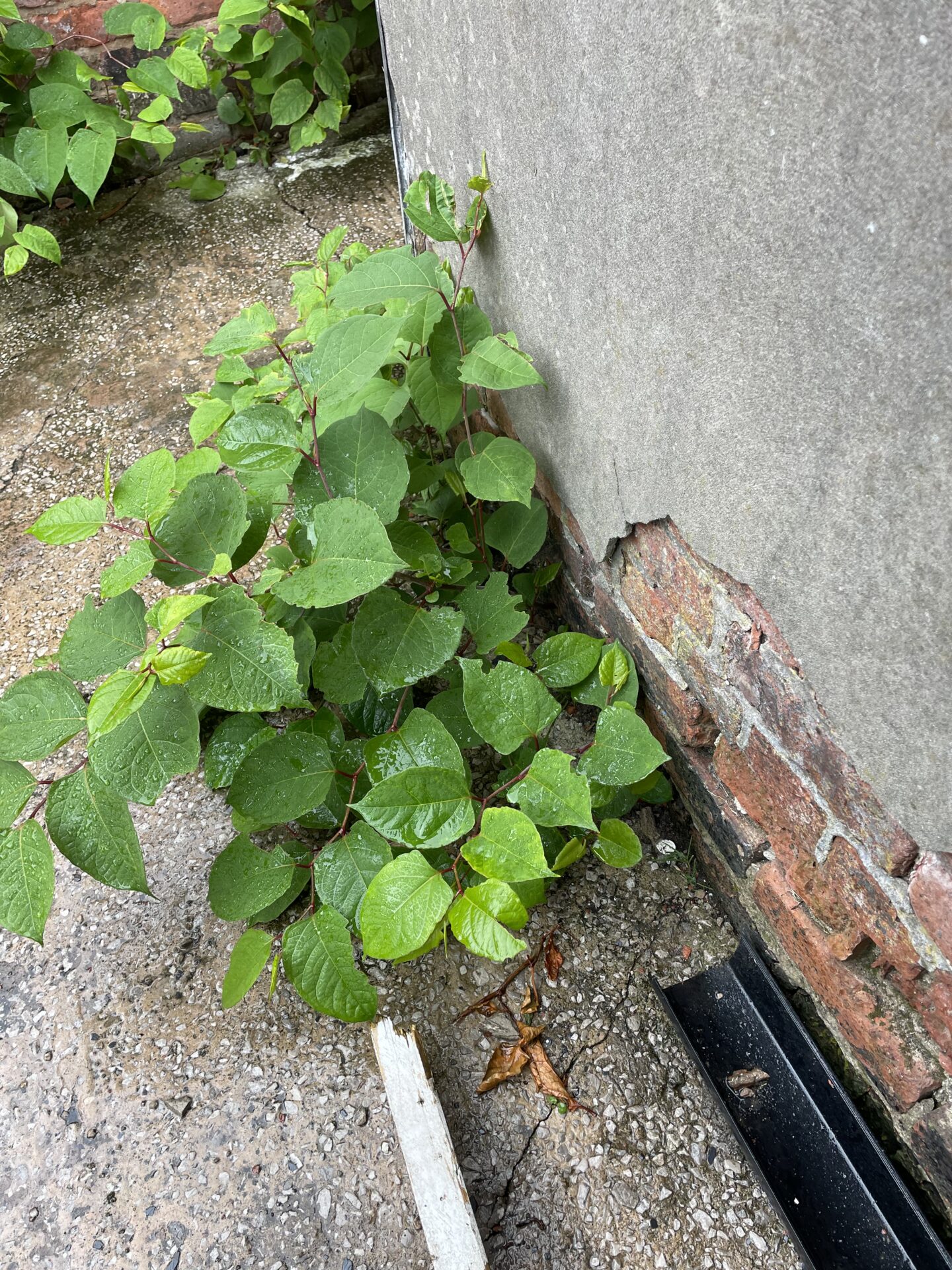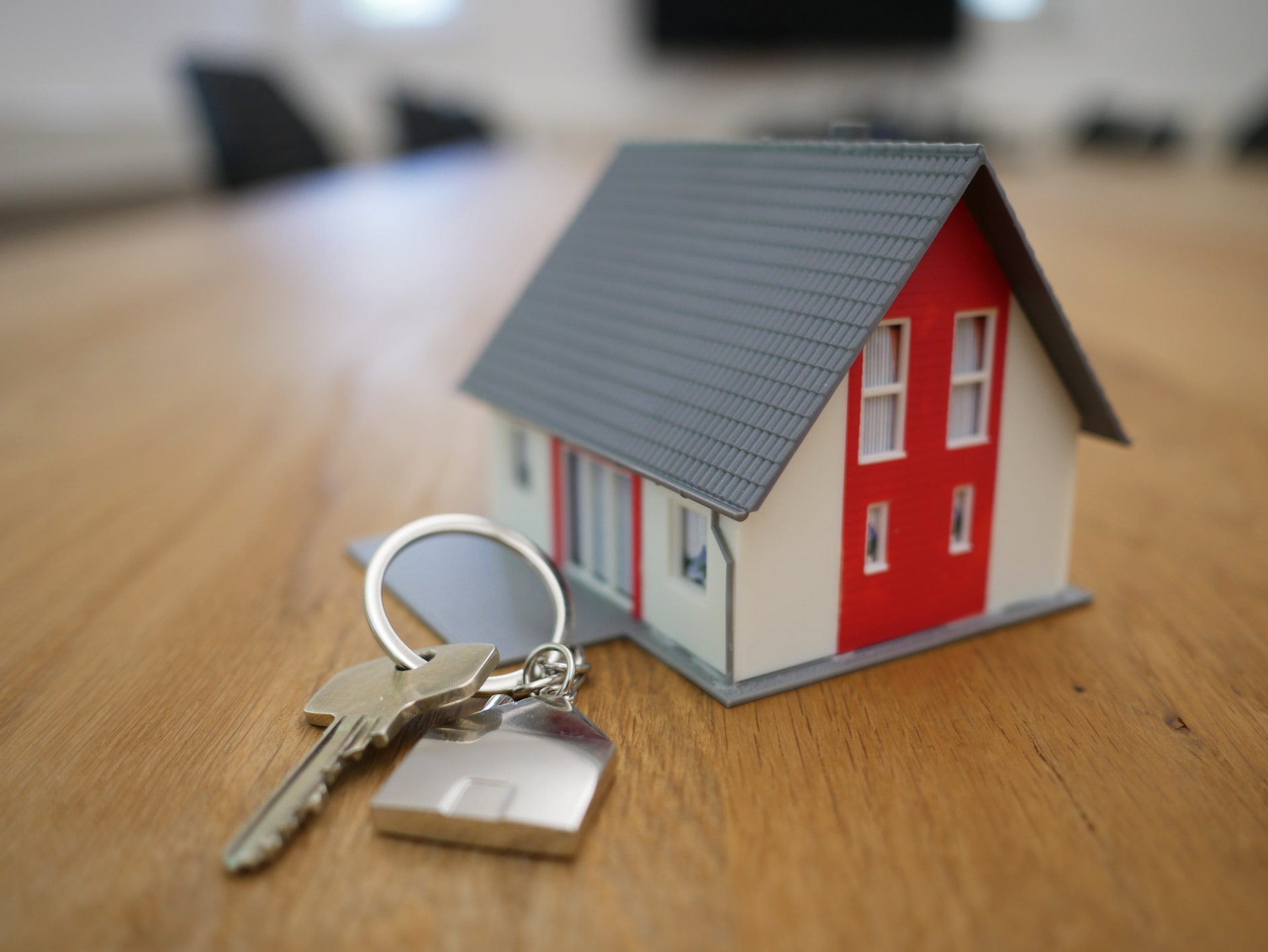Find out how to spot it, what it can do to your home, the potential treatments and costs and why it might not be as bad as we all thought.
What is it?
Japanese Knotweed is a bamboo like plant that can grow very quickly. It can grow to 2m in height in one summer.
It is a herbaceous perennial. The above ground parts of the plant die off over winter. Its main growing period is spring and summer with it dying back over autumn and winter.
The above ground growths are called canes. The below ground network of roots are called rhizomes. The rhizome is the plants energy source and produces the canes.
It was originally introduced in the 1850’s. It was used on a lot on railway embankments as its roots hold the soil together effectively and it was introduced to a lot of gardens to provide hedges, but it was quickly found to be a problem as it can spread quickly and easily.
What does it look like?
There are three phases of Japanese Knotweed growth.
Autumn/Winter
It dies off over Autumn and winter and often only a fibrous bamboo like stalks are visible. Sometimes it dies off completely so cannot be seen.
Spring
Japanese Knotweed growths rapidly in spring. Initially it will be purple sprouts up to about 20cm in height. It will then grow rapidly and have distinctive heart shaped leaves, with red/pink stems and the leaves will grow in an alternative pattern along the stem (cover photo).

Summer
The plant will bloom in summer with white flowers.

Further information on Japanese Knotweed can be found on the Property Care Association (PCA) website.
Is Japanese Knotweed Structural Damage?
Japanese Knotweed has had a lot of bad press in the past. News stories reported that it’s been responsible for causing structural damage and massive repair costs by growing through foundations and walls.
It grows very quickly and only a small part of a rhizome can create a lot of canes. If left untreated it can take over areas and grow substantially. It can also cause damage to outbuildings, service pipework, paths, driveways and amenity space.
The treatment for Japanese Knotweed can be expensive and disruptive. Development on a site which has had Japanese needs special treatment to ensure there are no remaining rhizomes. It can restrict the use of a garden or amenity space which can impact the value of a property.
Japanese Knotweed often grows across ownership boundaries which can lead to expensive legal disputes and less effective treatment.
Mortgage companies and lenders have become nervous to lend on property with evidence of Japanese Knotweed due to the cost of removal and potential loss of amenity space. This has led the media and as a result the public to have a disproportionate fear of the problem.
Is there new evidence and advice?
In 2012 the Royal Institution of Chartered Surveyors (RICS) used 7m from structures and boundaries as a defining measurement in its protocol for assessing the risk of Japanese Knotweed.
Following 2012 several research investigations found the risk of Japanese Knotweed causing significant structural damage to permanent brick/concrete structures is low and that it poses less of a risk than many trees and woody shrubs (see image below). They found that Japanese Knotweed often grows through already damaged walls and foundations rather than causing the damage.

They also agreed that 3m is more appropriate as this is the usual spread of rhizomes.
There is also recognition that eradication of Japanese Knotweed should not necessarily be the aim and that effective management and control might be more appropriate.
The revised RICS advice can be found here.
What are the treatments and costs?
There are two main methods treatment. These are excavation of the plant and root system and chemical treatment.
Excavation is often expensive as large volumes of soil need to be excavated and it can be impractical in some locations. It is the most likely method to completely eradicate Japanese Knotweed from a site. It can cost several thousand pounds for a relatively small area.
Chemical treatment can be used to manage the growth of Japanese Knotweed. It can be used over a number of years to stop all above ground and rhizome growth. However, it cannot be relied upon to completely stop the growth of all parts of the plant so it is often used on a long term basis to manage Japanese Knotweed rather than eradicate it. The PCA advises that an area of 1m2 – 25m2 could cost £2 – £4,000 to treat.
Will it affect my house price?
It might do! A valuer will consider if it is causing damage to a structure or loss of amenity space. They are likely to take the cost of removal/management, remedial works of any damage and reduction in value due to loss of amenity space from the value of the property.
The new guidance advises that if the Japanese Knotweed is not causing a risk to the structure or amenity space there is low impact and there could not be any affect on the property’s value.
Conclusion?
It is worth checking if your new home has Japanese Knotweed as the removal or management of it can be costly and it can affect your house price.
A Level 2 or 3 Home Survey will check for Japanese Knotweed. Make sure your perfect home is perfect, get in contact with Survey Hut for home surveys and valuations.
Sharing is caring!




